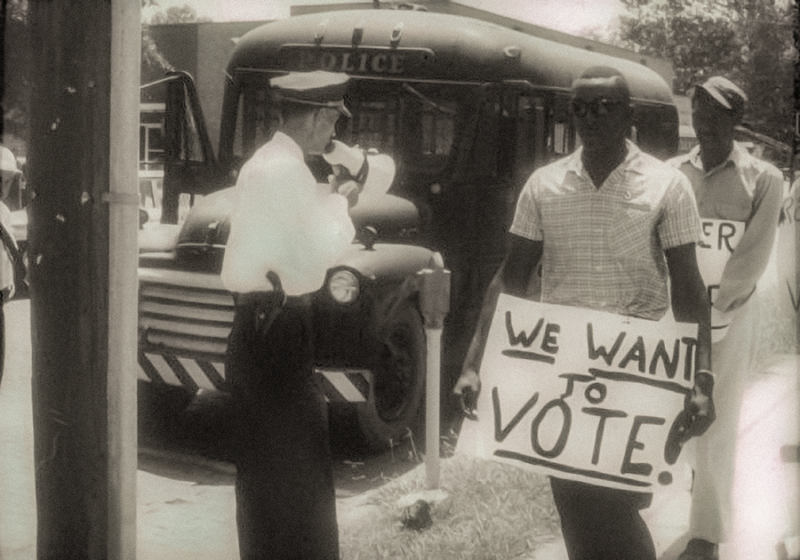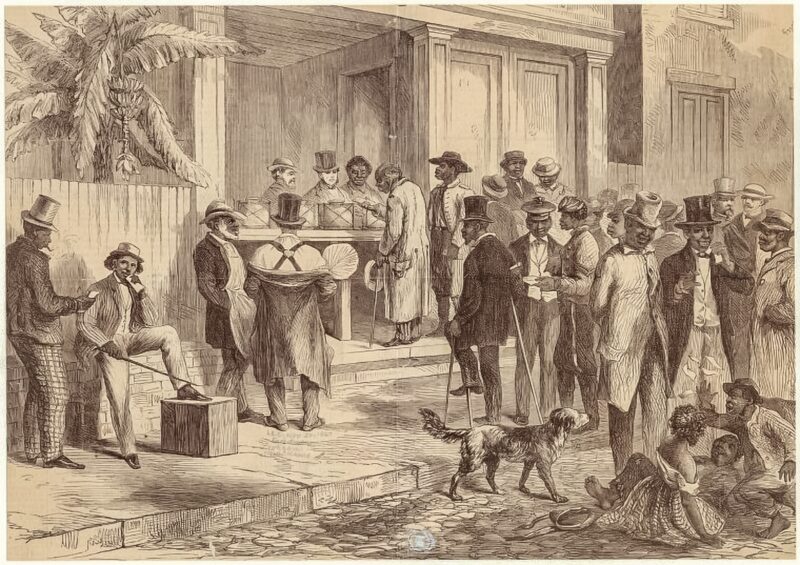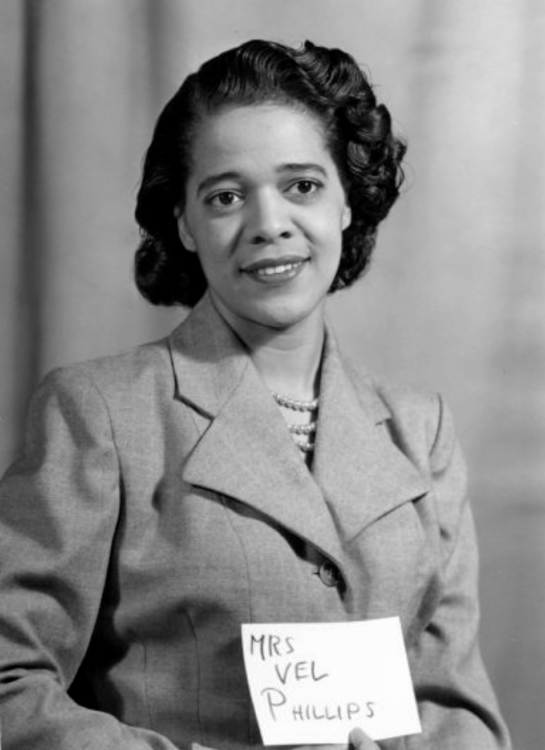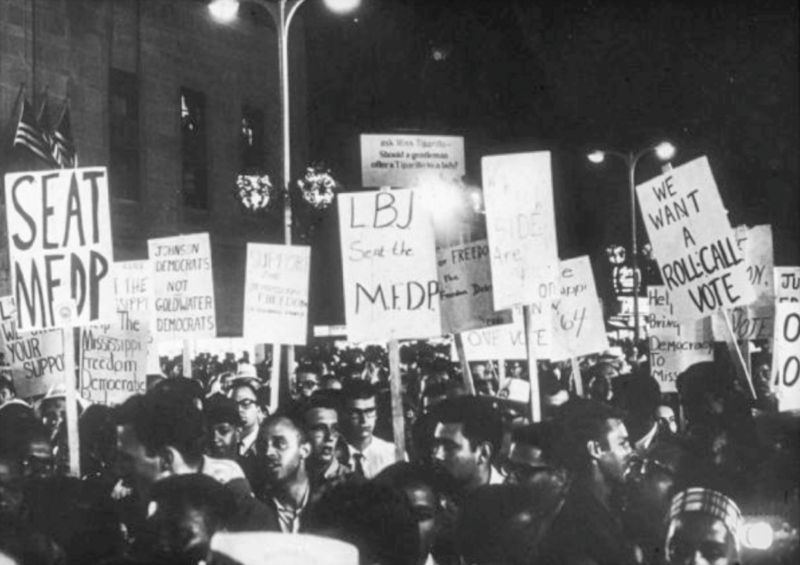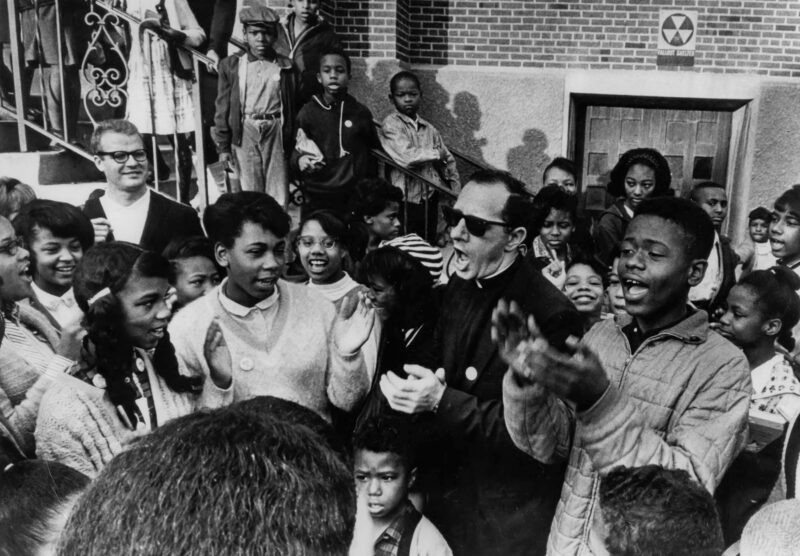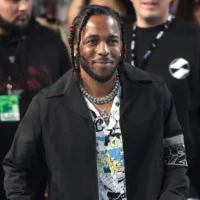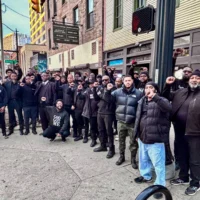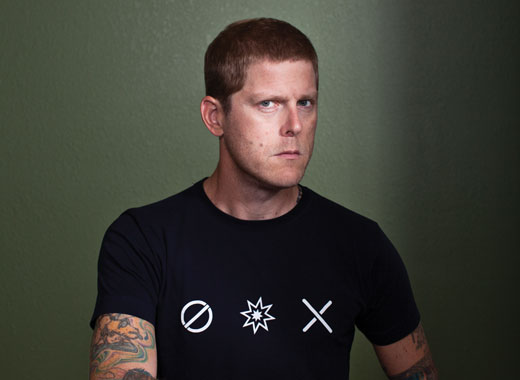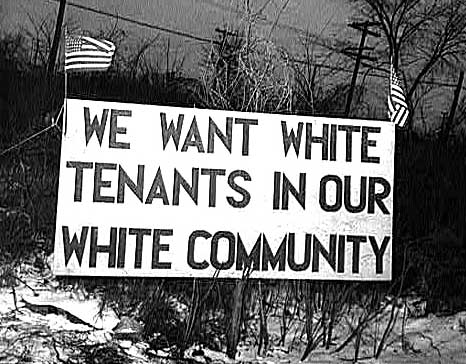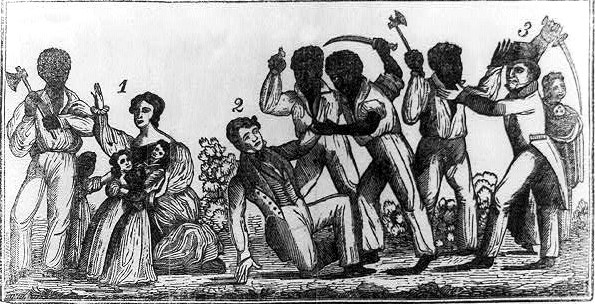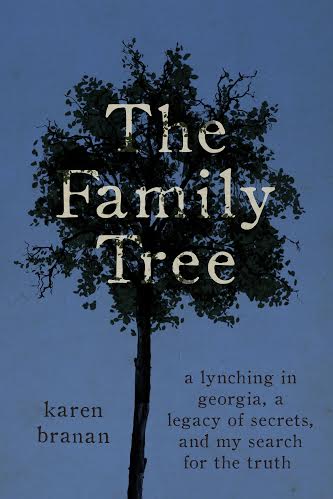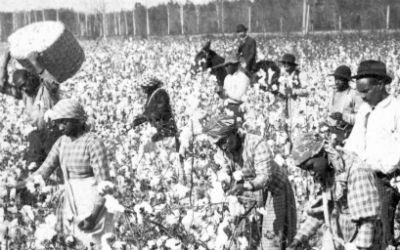White Supremacy
Explore Our Online Exhibits
- « Previous
- 1
- 2
- 3
Breaking News
Worldwide Community Events
Week 4
- Sun 27
- Mon 28
- Tue 29
- Wed 30
- Thu 31
- Fri 1
- Sat 2
- Sun 3
- Mon 4
- Tue 5
- Wed 6
- Thu 7
- Fri 8
- Sat 9
- Sun 10
- Mon 11
- Tue 12
- Wed 13
- Thu 14
- Fri 15
- Sat 16
- Sun 17
- Mon 18
- Tue 19
- Wed 20
- Thu 21
- Fri 22
- Sat 23
- Sun 24
- Mon 25
- Tue 26
- Wed 27
- Thu 28
- Fri 29
- Sat 30
-
No Events
-
No Events
-
No Events
-
No Events
-
No Events
Share
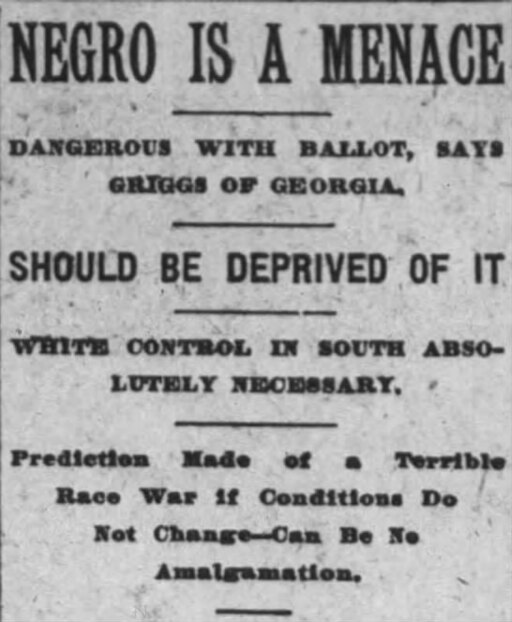
White supremacy is the belief that white people are better than those of other races, making it a type of racism. It also includes actions that prevent other races from gaining power, which is known as white privilege, preserving that power for white people. The basis of white supremacy is the former erroneous belief that significant biological differences existed between people of different races. Although this belief focused heavily on the so-called Black inferiority in and around the slavery era, white supremacy historically and currently oppresses people of many races around the globe, especially indigenous peoples. Furthermore, definitions of who qualifies as white can vary.
This type of racism paved the way for racist hate groups such as the Ku Klux Klan (KKK), the attempt by the self-named Confederate States of America to secede from the Union, and various race riots or massacres, including that in Greenwood, Oklahoma. White supremacy has also been solidified in American legislature through laws such as those preventing Black people from owning property, voting, holding office, and marrying (either at all or those of other races). In the 20th century, Jim Crow laws, which forced racial segregation, upheld the ideology of white supremacy. While laws have changed, institutions and individuals can still promote white supremacy up to and including racist violence.
This idea is closely related to white nationalism, in which being white becomes an identity. Supporters of white nationalism may endorse overthrowing the government to uphold their power. Overlap also exists between white supremacy and racist skinheads who discriminate against Jewish people. Some Christian beliefs and doctrines also align with white supremacy. White (male) supremacy can play a role in domestic terrorism incidents such as shootings like the one in Buffalo, New York.
While Donald Trump was president, this movement gained popularity, with as many as 600 groups currently existing in the United States, members of which typically supported Trump.
Although there is disagreement about how we can dismantle white supremacy, some white supremacists eventually see the error of their ways.
All of our articles, exhibits, and events about white supremacy can be found in the archive below.
Arno Michaels grew up as a gifted child of privilege. In his teens he became a white-power extremist, a leader of skinheads. Today he is an international activist for peace, justice, and basic human kindness. Read his story and watch a video about his transformation and redemption.
Read MoreThese postcards were mailed to and from Wisconsin residents from 1904 to 1942. Their stereotyped pictures of African Americans were very common and accepted. Such cards were sent openly, without comment or embarrassment.
Read MoreA sundown town is a community that for decades kept non-whites from living in it and was thus “all-white” on purpose. Sundown towns are rare in the South but common in the rest of the country. Learn why sundown cities, towns, suburbs, and neighborhoods developed–and how they continue to shape the lives and relationships of black and white Americans today.
Read More“Jim Crow” refers to a five-part system developed in the late 1800s and early 1900s to support white supremacy and oppress black citizens. Although there were laws that discriminated against African Americans throughout the country, the Jim Crow system existed only in the South. This exhibit briefly describes the five oppressions of the Jim Crow system.
Read MoreThis is the story of one of the largest rebellions by enslaved Africans in American history. It is also the story of historiography–how the past is researched, viewed, and written about.
Read MoreFor more than 400 years, the economic, social, and political behavior of Americans has been shaped by ideas about “races” and racial differences. Where did these powerful ideas come from – and are they true? How have your ideas about racial differences been affected?
Read MoreIn 2006, ABHM brought the traveling exhibit “Hateful Things” from the Jim Crow Museum of Racist Memorabilia. Two Milwaukee teens made this excellent short video about the exhibit and what they learned from it. In this exhibit you can see racist memorabilia and visit the Jim Crow Museum.
Read MoreKaren Branan returns to her ancestral home in Georgia to discover the truth behind the lynching of three black men and a black woman in 1912 – including the complicity of her family. She tells the story in a new book, The Family Tree.
Read MoreWith its store of family memories, Arkansas defines home for me. But embracing and claiming it as my own is prickly business. “Home” has closets of skeletons that are anything but comforting: the Lost Cause, Jim Crow, the Ku Klux Klan, lynchings.
Read MoreThe system of basing slavery on a person’s race did not occur in the first years of European settlement in America. However, by the 1660s, slavery was instituted and reserved for Africans only. How did this happen?
Read More